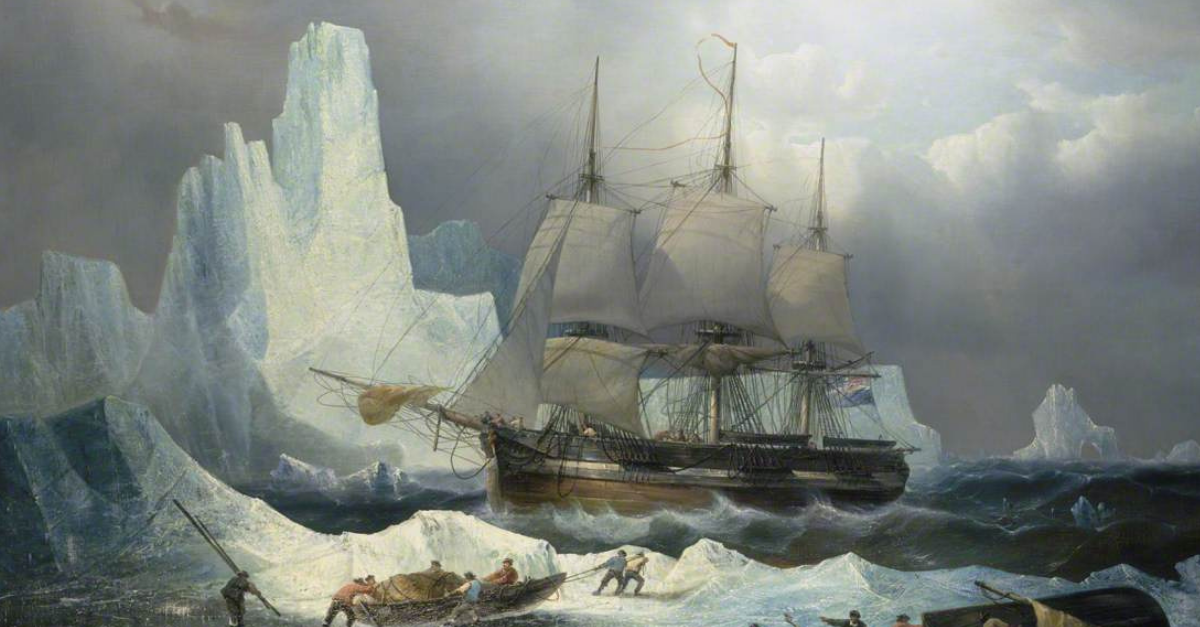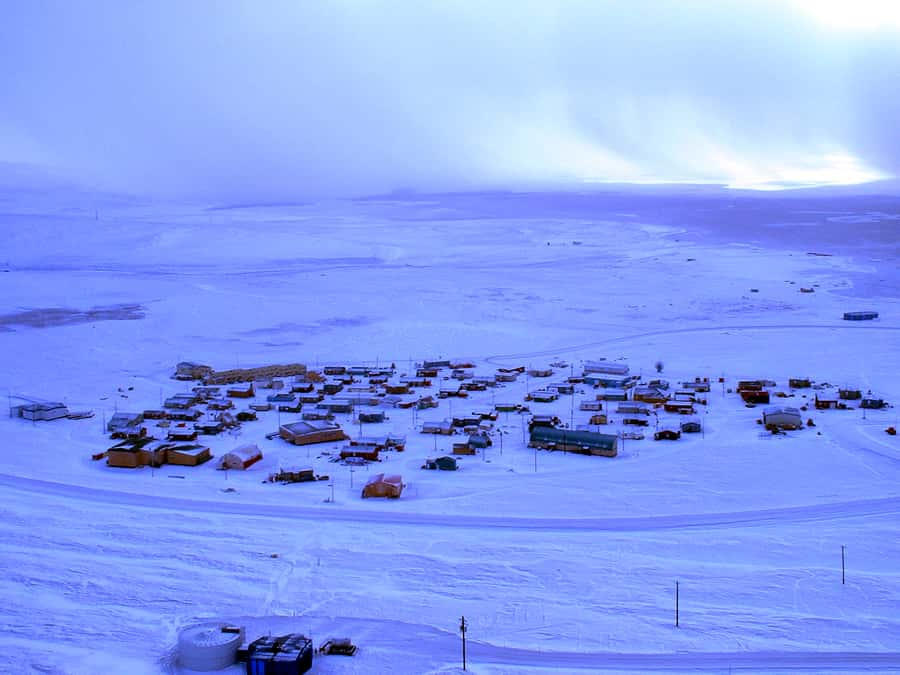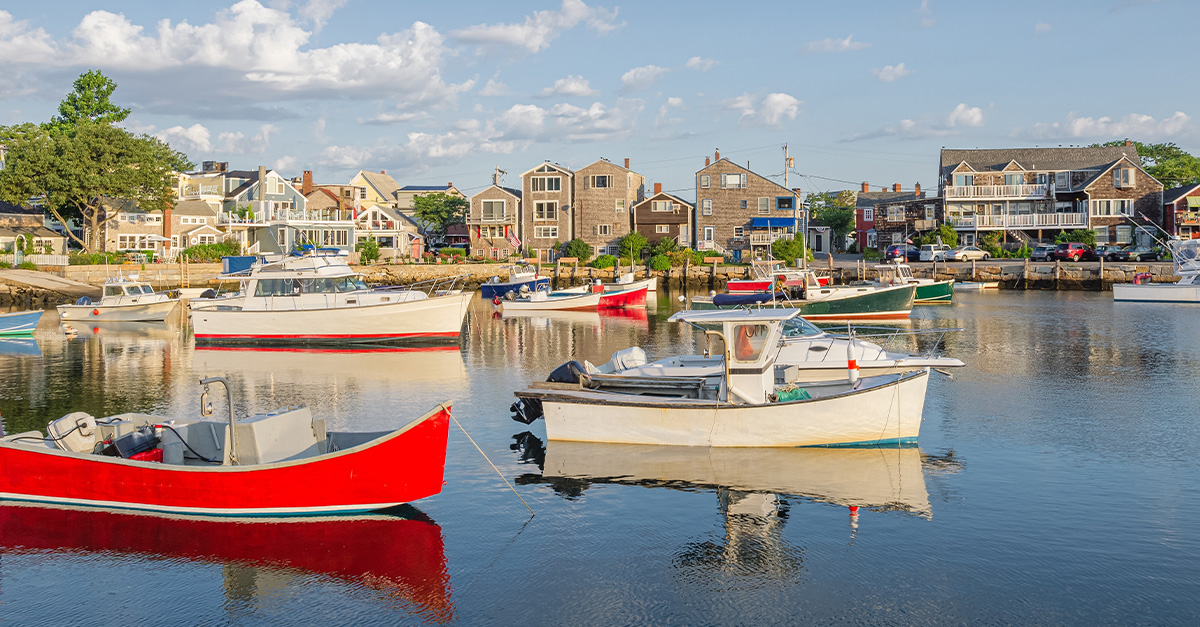The Truth Lies Deep Below
Where snow drifts meet unrelenting sea ice, one of history’s greatest maritime mysteries has long lain silent. But that silence was shattered when Canadian archaeologists, alongside Inuit guardians, returned to the wrecks of HMS Erebus and HMS Terror—uncovering 275 artifacts that may rewrite the story of the ill-fated Franklin Expedition and its vanished crew.
The Legendary Voyage
In 1845, Sir John Franklin led the HMS Erebus and HMS Terror on an expedition in search of the North Passage. Unfortunately, things went South in the most tragic way.
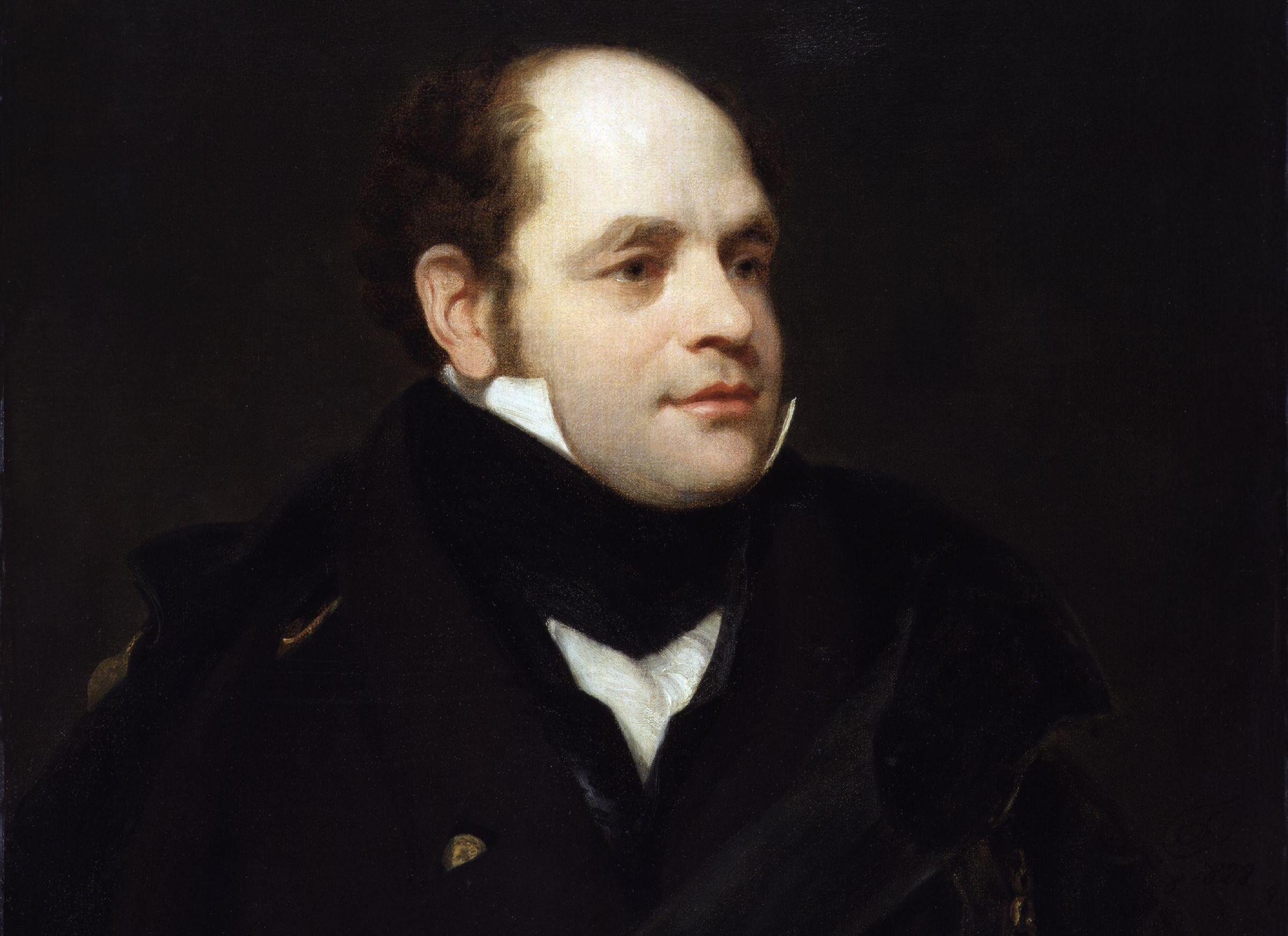 National Portrait Gallery, Wikimedia Commons
National Portrait Gallery, Wikimedia Commons
They Never Made It Home
Neither ship ever returned to port in England or showed up anywhere else. They vanished without a trace, resulting in one of the greatest mysteries in the history of sea voyages.
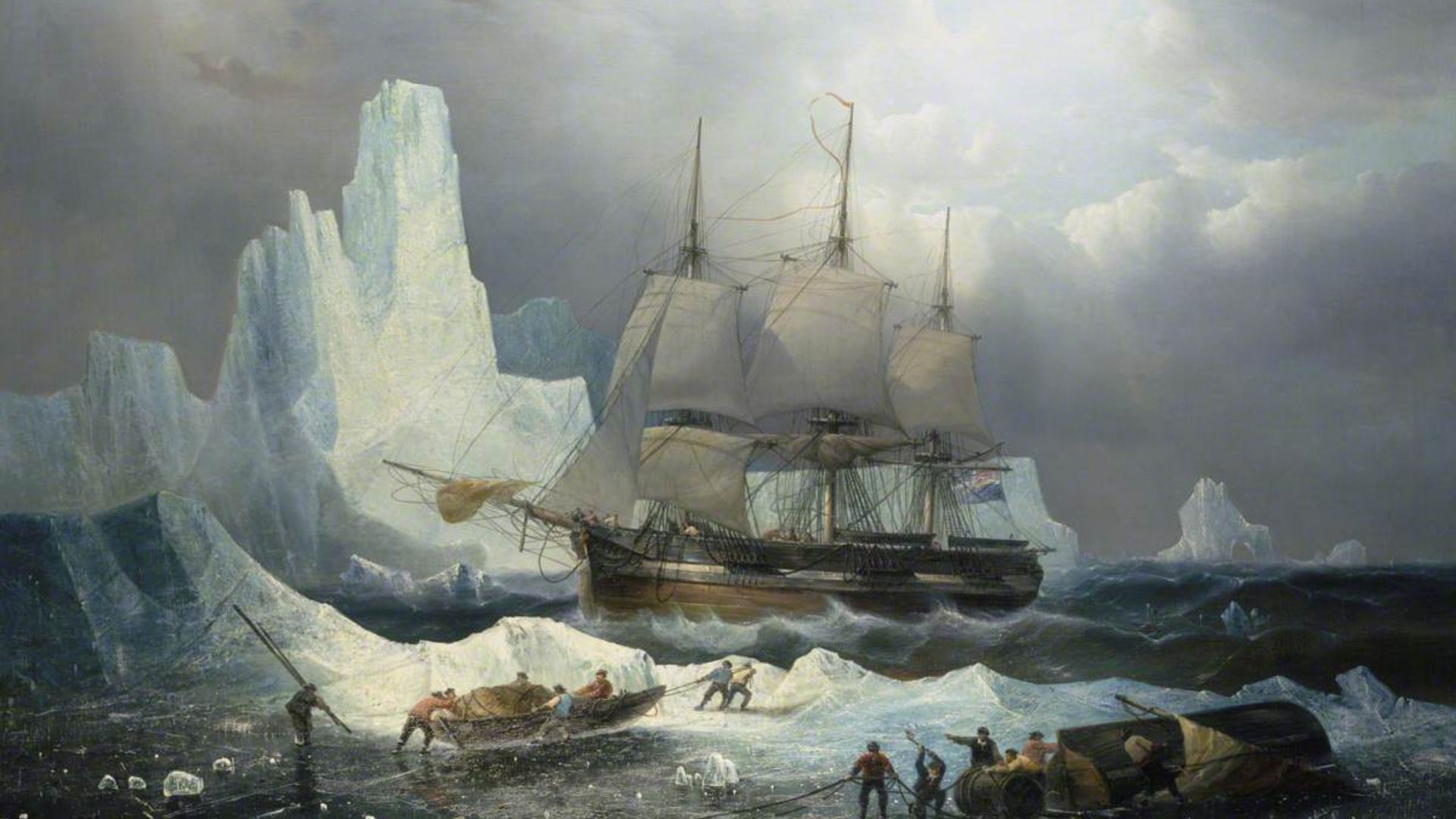 François Musin, Wikimedia Commons
François Musin, Wikimedia Commons
The Chilling Silence Of The Arctic
The secret demise of those voyages stayed undercover for over a century—that and the details of the fates of the over 100-man crew. Bone fragments and other scattered relics resurfaced over time, but nothing gave way to the full story.
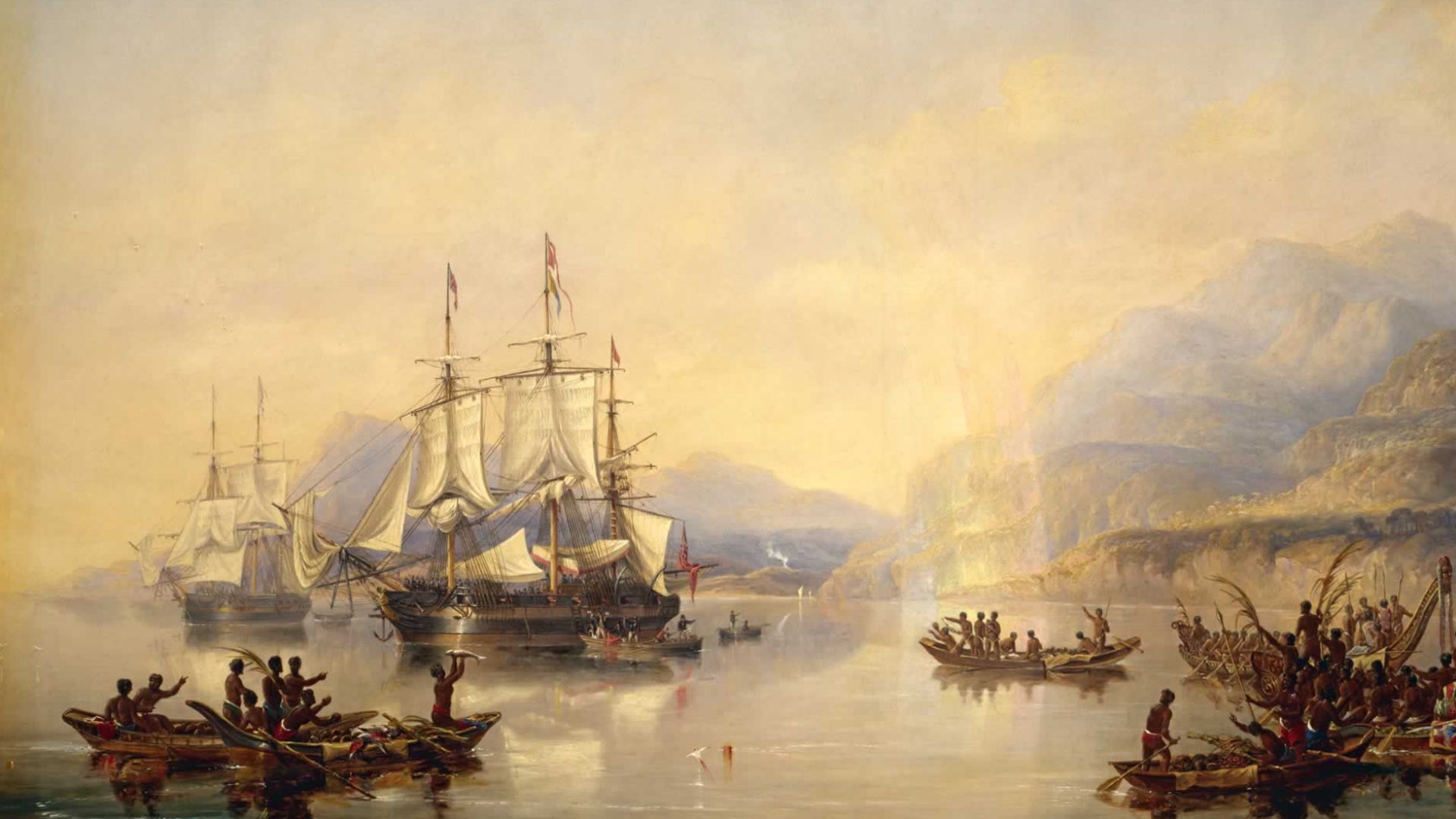 James Wilson Carmichael, Wikimedia Commons
James Wilson Carmichael, Wikimedia Commons
Wreck Discovery After 160 Years
Everything changed in 2014, when archeologists found HMS Erebus of the coast of King William Island in Nunavut, Canada. They discovered the second ship, HMS Terror just two years later, finally beginning to unveil the truths of the centuries old mystery.
 170-year-old shipwreck, HMS Terror, in remarkable condition, CBC News
170-year-old shipwreck, HMS Terror, in remarkable condition, CBC News
Among The Best-Preserved Wooden Wrecks
Thanks to the chilling arctic temperatures, archaeologists found the ships in amazing conditions. The dark, cold, low-oxygen water preserved the ships against rot, so much so that they rank among the best-preserved wooden ships ever found. But just as they really began to dig in, and unexpected event threw them off course.
 170-year-old shipwreck, HMS Terror, in remarkable condition, CBC News
170-year-old shipwreck, HMS Terror, in remarkable condition, CBC News
Pandemic Puts The Mission On Hold
Just as archaeologists got ready to dig even deeper into the wreckage, the global pandemic halted their research. For over two years, they remained sidelined, unable to investigate further.
 Parks Canada explores the wreck of HMS Erebus and collects new artifacts, Parks Canada
Parks Canada explores the wreck of HMS Erebus and collects new artifacts, Parks Canada
The 2022 Return To The Ice
In early 2022, Parks Canada and Inuit guardians from Gjoa Haven returned to HMS Erebus. They built a temporary ice camp on the frozen sea and began their descent into the ship’s watery tomb.
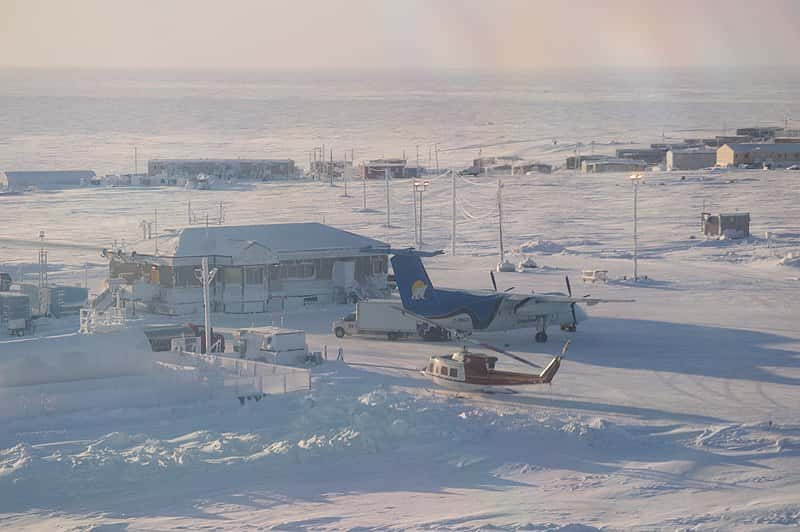 Wikimedia Commons,Tristan in Ottawa
Wikimedia Commons,Tristan in Ottawa
56 Dives In 11 Days
Over just 11 days in September, divers performed 56 underwater missions. Each dive brought back fragments of the Franklin story—both literal and metaphorical.
 170-year-old shipwreck, HMS Terror, in remarkable condition, CBC News
170-year-old shipwreck, HMS Terror, in remarkable condition, CBC News
275 Artifacts Pulled From The Deep
The mission resulted in the recovery of 275 rare artifacts. From officer regalia to navigational tools, these objects painted a vivid picture of life—and perhaps the final days of it—aboard the ship.
 Kerry Raymond, CC BY 4.0, Wikimedia Commons
Kerry Raymond, CC BY 4.0, Wikimedia Commons
Physical Changes Shock The Team
Divers were alarmed by visible deterioration of the wreck. Sections that had been stable were now warped or broken, likely due to storm-generated waves. That pointed to a sobering truth.
 HMS Terror: New video from inside Arctic wreck reveals artifacts frozen in time, Global News
HMS Terror: New video from inside Arctic wreck reveals artifacts frozen in time, Global News
Climate change isn’t just a future problem—it’s already reshaping the past.
Climate Change Threatens The Site
Researchers suspect that warming Arctic waters and reduced ice cover are accelerating the decay of the wrecks. As such, increased wave action from storms is battering the fragile timbers.
 Parks Canada explores the wreck of HMS Erebus and collects new artifacts, Parks Canada
Parks Canada explores the wreck of HMS Erebus and collects new artifacts, Parks Canada
Urgency Becomes A Driving Force
With time running out, the research team is now racing against nature itself. Every expedition may be the last before the wrecks collapse completely.
 Parks Canada explores the wreck of HMS Erebus and collects new artifacts, Parks Canada
Parks Canada explores the wreck of HMS Erebus and collects new artifacts, Parks Canada
Inuit Oral History Helped Find The Ships
Local Inuit communities, especially from Gjoa Haven, shared oral histories that guided search efforts. These stories proved crucial in locating both wrecks.
The past was never lost to everyone, Inuit memory preserved it.
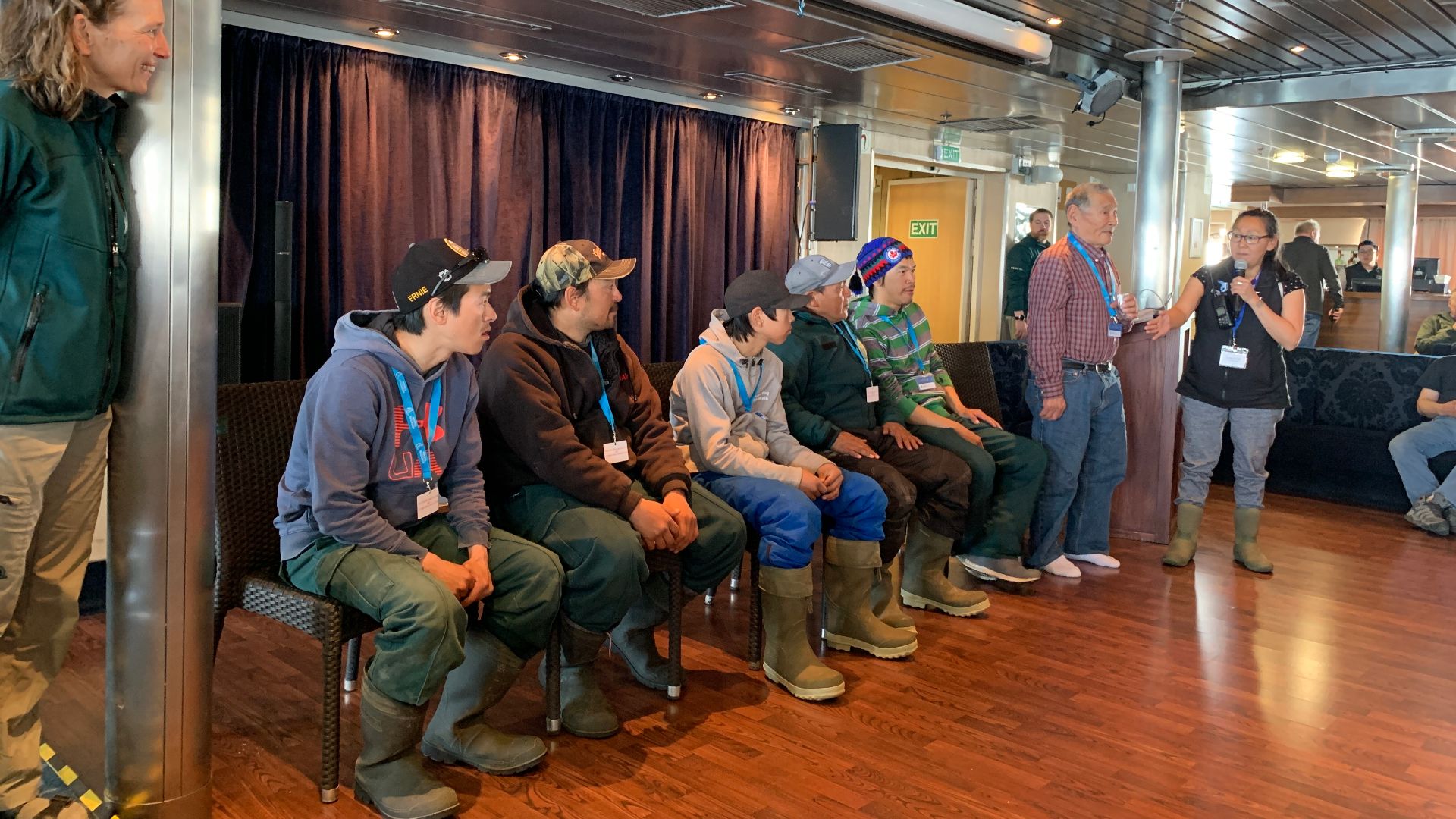 Kerry Raymond, Wikimedia Commons
Kerry Raymond, Wikimedia Commons
A Model Of Collaborative Archaeology
The excavation is not just a scientific project—it’s a cultural partnership. Inuit Guardians from the Nattilik Heritage Society work alongside Parks Canada to protect and interpret the wrecks.
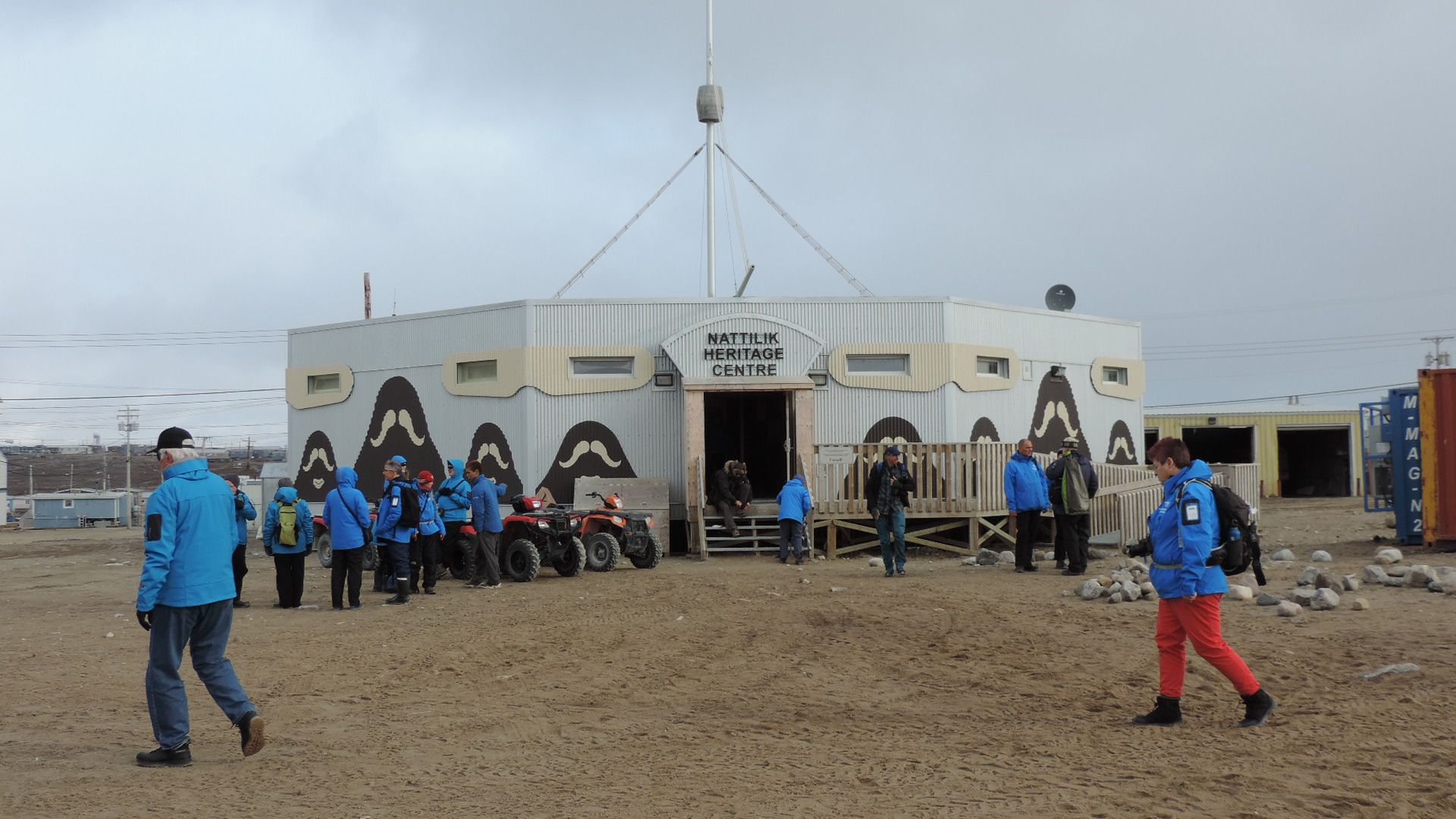 Kerry Raymond, Wikimedia Commons
Kerry Raymond, Wikimedia Commons
HMS Erebus: A Window Into Naval Life
The condition of Erebus offers an extraordinary look into 19th-century naval engineering. Sleeping quarters, galleys, and officer areas remain partially intact.
 Underwater archeology with Marc-Andre Bernier, Parks Canada
Underwater archeology with Marc-Andre Bernier, Parks Canada
HMS Terror Holds Its Own Secrets
Discovered later, HMS Terror is even more pristine. Some windows are still sealed, and doors remain shut—possibly hiding untouched rooms.
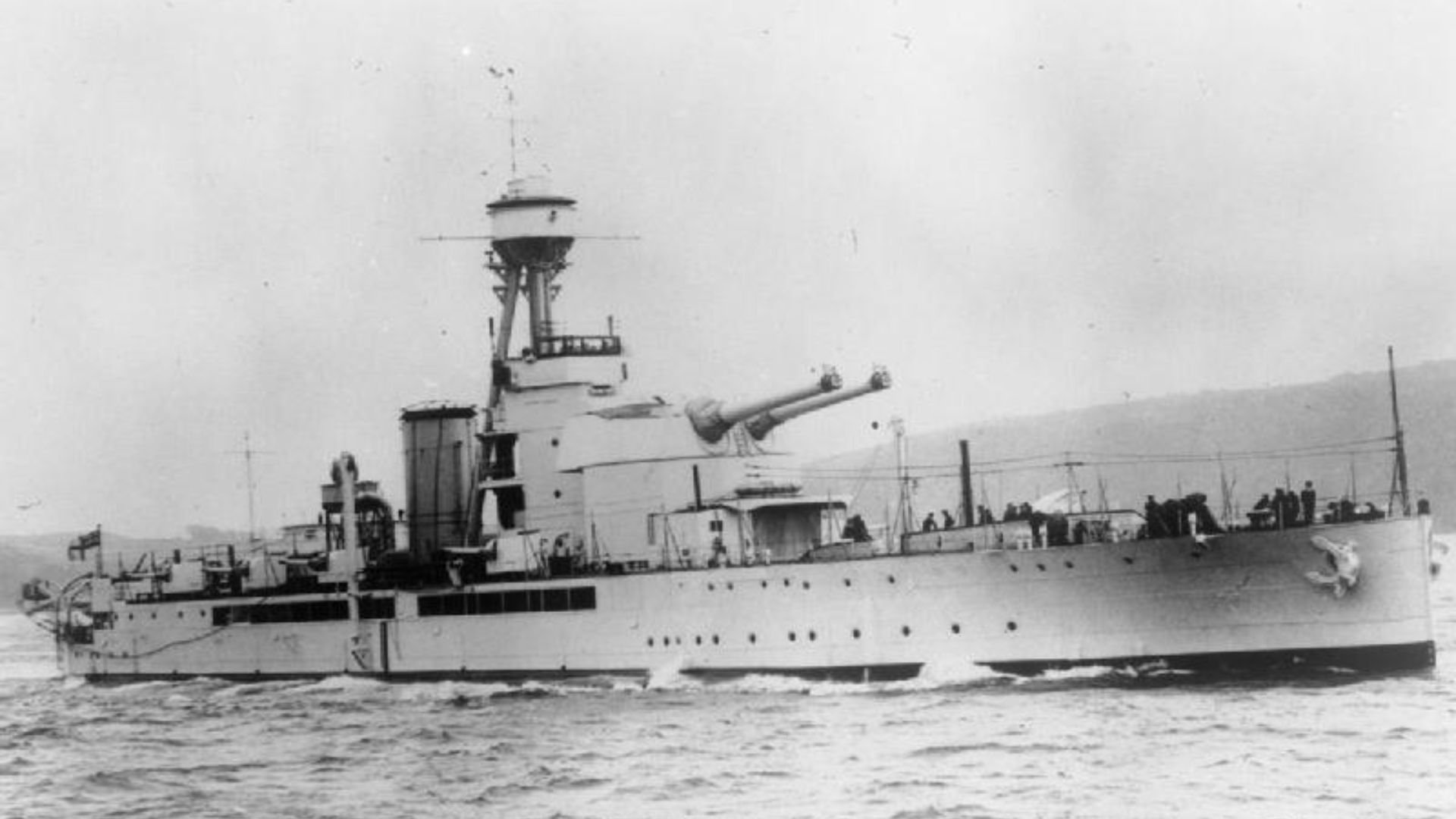 Devonport Dockyard Constructive Department, Wikimedia Commons
Devonport Dockyard Constructive Department, Wikimedia Commons
What The Artifacts Suggest About The Crew
Many of the artifacts hint at continued order and discipline among the crew. Items like officers’ epaulets and logbook stands suggest naval protocol was observed, even in crisis.
 Parks Canada explores the wreck of HMS Erebus and collects new artifacts, Parks Canada
Parks Canada explores the wreck of HMS Erebus and collects new artifacts, Parks Canada
The Role of Technology In Exploration
Modern sonar, drones, and dive gear made the exploration possible. But it’s the combination of technology and Indigenous knowledge that truly unlocked the wrecks.
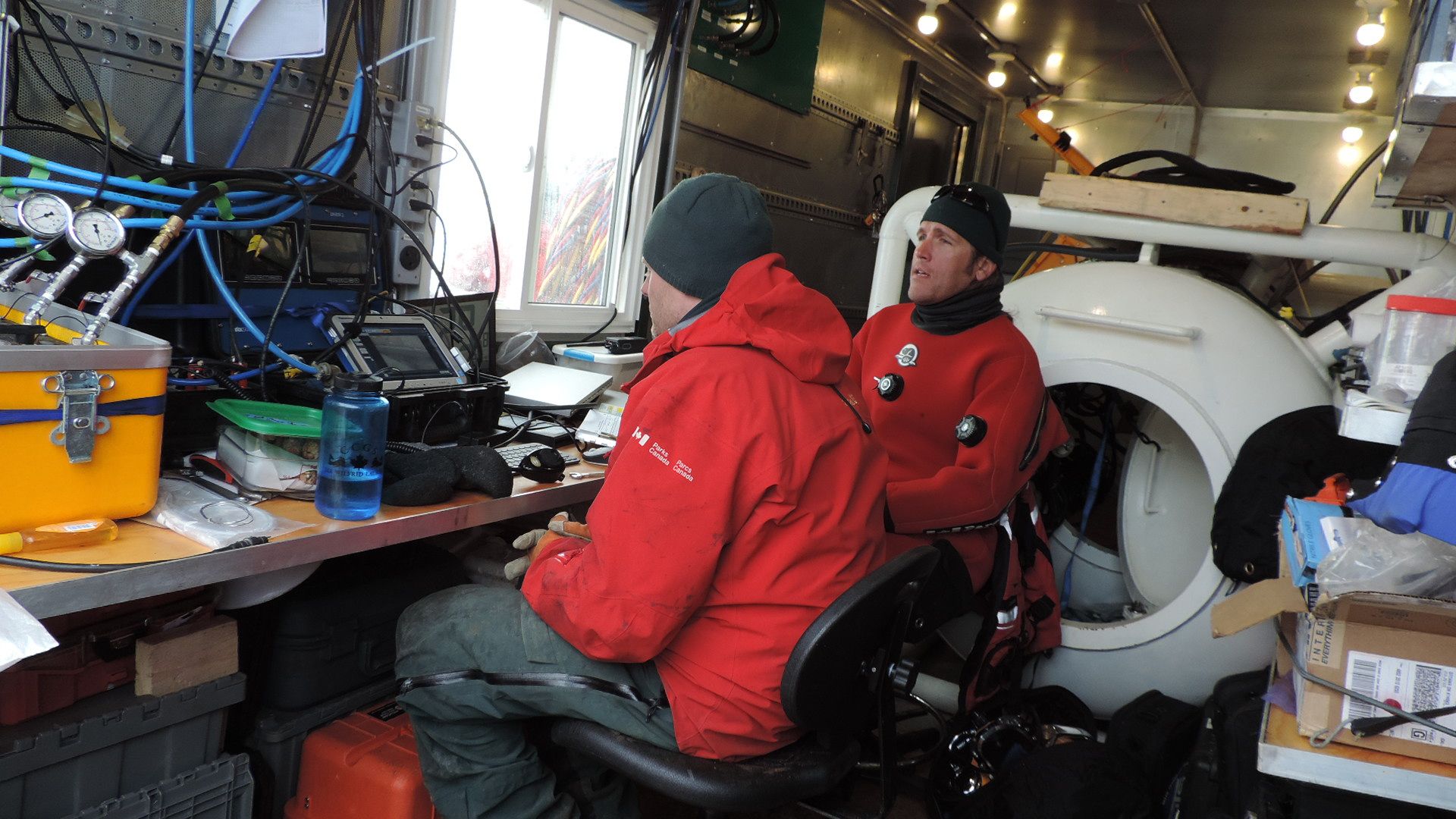 Kerry Raymond, Wikimedia Commons
Kerry Raymond, Wikimedia Commons
A Glimpse Into Arctic Maritime Conditions
Recovered tools and supplies show how ill-prepared the mission was for Arctic winter. Even the most advanced 19th-century planning couldn’t anticipate the brutal freeze.
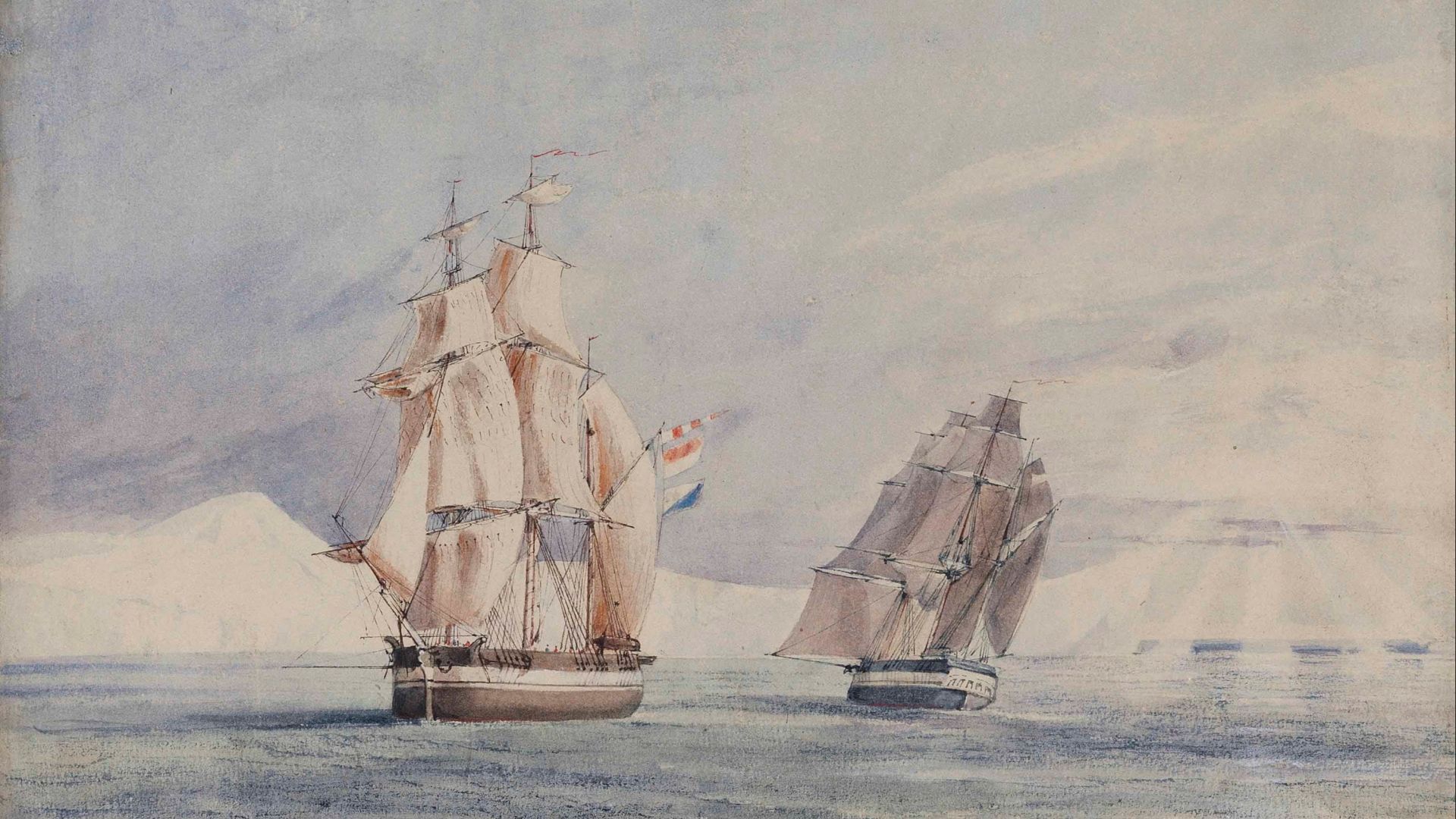 John Edward Davis, Wikimedia Commons
John Edward Davis, Wikimedia Commons
The Northwest Passage was more curse than conquest.
Artifacts Await Further Analysis
Many of the 275 artifacts are undergoing conservation and study. Some may reveal personal names, dates, or even logs that alter the historical timeline.
 170-year-old shipwreck, HMS Terror, in remarkable condition, CBC News
170-year-old shipwreck, HMS Terror, in remarkable condition, CBC News
A Message In The Wreckage
Whether or not journals or written logs can be recovered, the shipwreck itself sends a powerful message. It speaks to human ambition, resilience—and tragic overconfidence.
 HMS Terror: New video from inside Arctic wreck reveals artifacts frozen in time, Global News
HMS Terror: New video from inside Arctic wreck reveals artifacts frozen in time, Global News
The Race Against Time Isn’t Over
With climate change worsening each year, researchers must act fast. Each winter brings stronger storms and thinner ice, further endangering these irreplaceable sites.
A Frozen Legacy That’s Finally Thawing
The Franklin Expedition was once shrouded in legend. Now, thanks to joint efforts from archaeologists and Inuit guardians, that legend is becoming history—and history is becoming real.
 Illustrated London News, Wikimedia Commons
Illustrated London News, Wikimedia Commons
You May Also Like:

